I recently did an experiment where I used Linux as my daily driver for a few month, because I wanted to get away from Windows as an operating system. This experiment failed:
I couldn’t daily drive Linux to the point where I didn’t had to troubleshoot something almost daily. I like troubleshooting, but not on my main system that I’m using. It should just … “run”.
Then I decided to buy my first Mac. (🔊 imagine sound of jingling coins here)
In the future I’d like to write more about my switch to macOS and maybe about the (failed) Linux experiment: the good and bad things. Before I do this I feel I should write down the reasons why I wanted to move away from Windows. So I can link to this in future writings.
There are good things
I’ve been using Windows my whole life. The first PC I really remember doing stuff with ran Windows 3.11. I did some experiments with Linux, configured servers and networking, but my main daily driver was always Windows.
It was a semi-reliable companion with ups and downs. In the recent years a lot changed for the better. Huge parts of the surrounding projects got open sourced. Tools like Windows Terminal, WSL, Visual Studio Code or PowerToys really made the Windows experience a lot better.
Also, there are really awesome Microsoft employees and “content creators” who taught me a lot over the years.
This post obviously describes a lot of negatives about Windows, because I want to explain why I felt the need to switch, but I could also write a long post about good aspects.
Reasons for the switch
(Probably tl;dr - Check the ToC at the beginning of the post to see an overview)
The bad stuff accumulated to the point where I don’t want to support Windows as the operating system I’m spending most of my time with anymore. This might change in the future. But that’s where I’m standing today.
I’m aware that some of the things I’m listing might also apply to macOS or Linux.
Privacy & Telemetry
Have you ever installed Windows?
Without a cable plugged in?
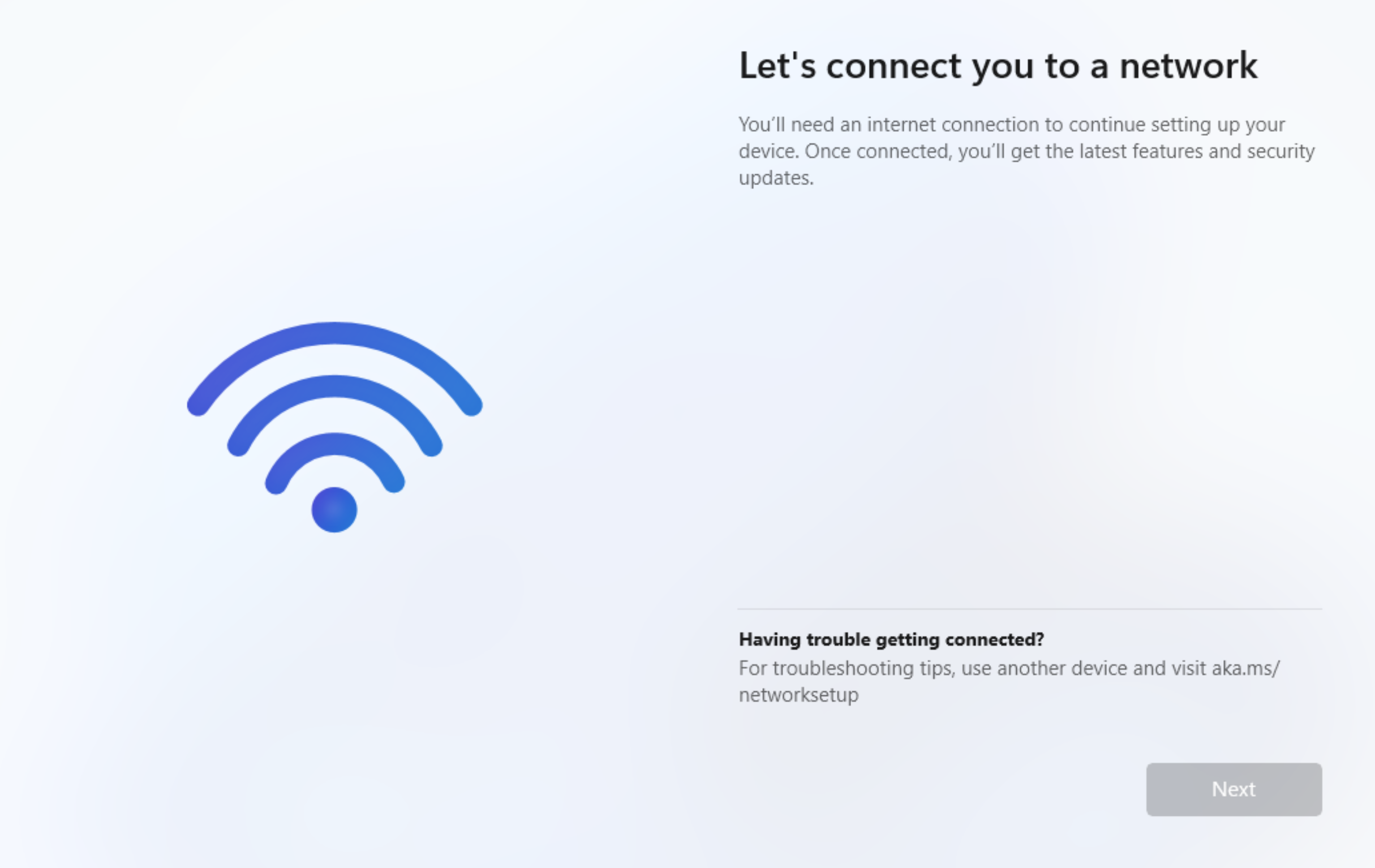
Computer says no.
And then all the stuff you have to nope out of during installation?
And even then, a freshly installed Windows host sends out a lot of telemetry data. You can watch this YouTube video by The PC Security Channel if you want to see Wireshark captures.
Even setting up the Edge browser shows this full screen:
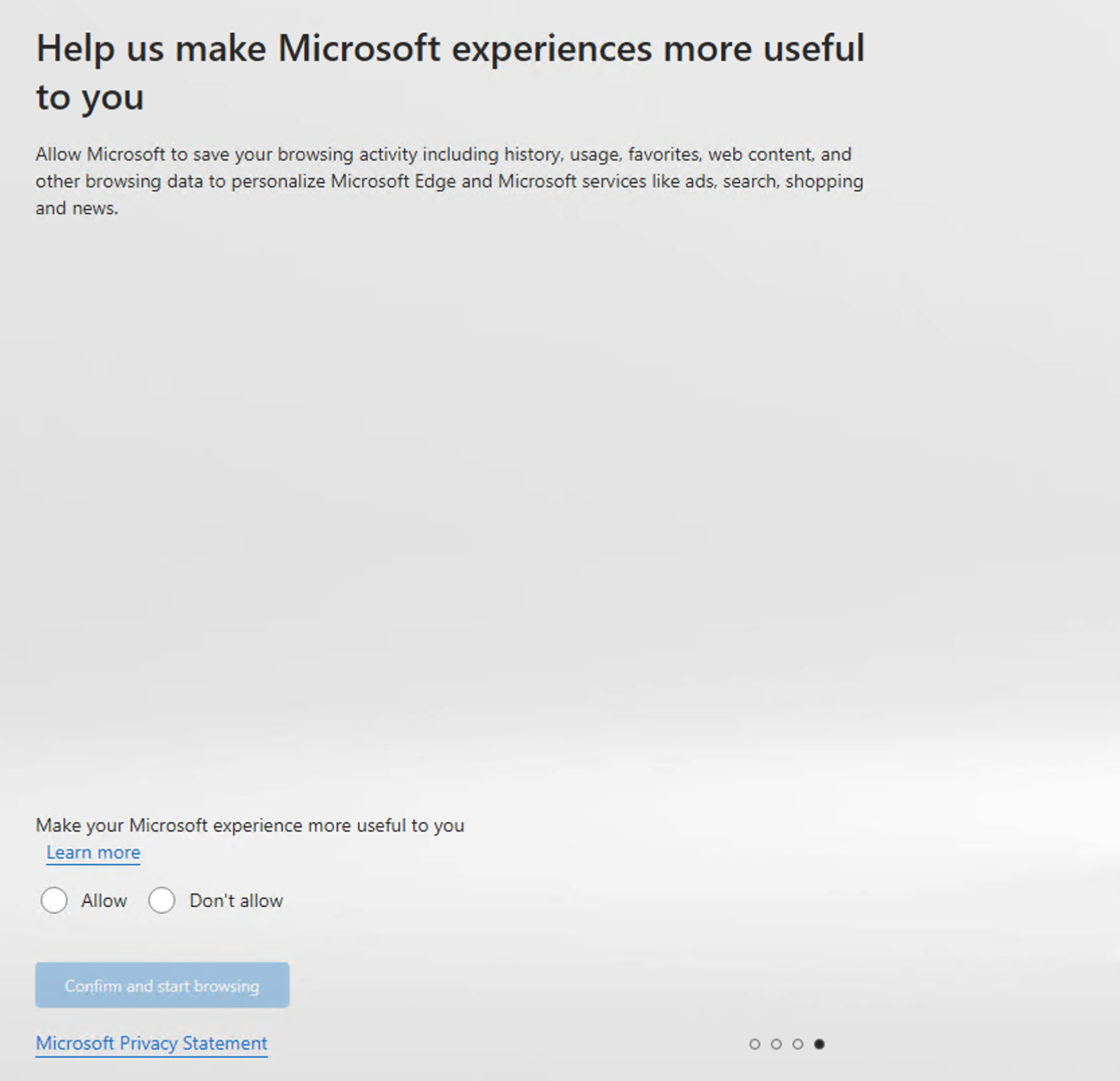
Degraded usability without account
Inability to use basic features without an account. And - oh boy - I don’t want to tell you how this looks when you sign in.
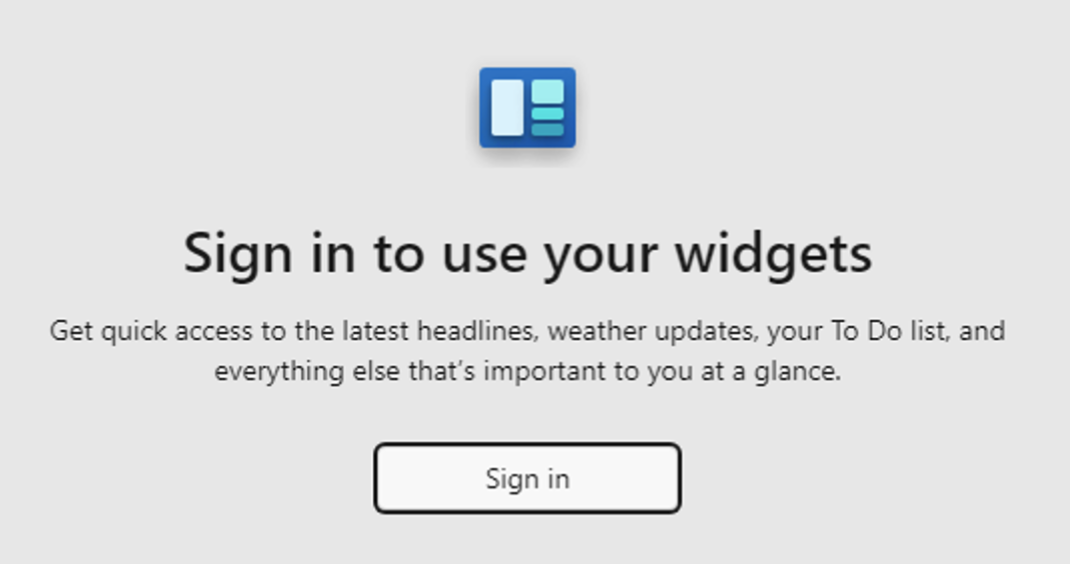
(I think currently you can use widgets without an account again, this is just one limitation I remembered)
Ads in the operating system
This Gizmodo article describes it best: Microsoft Isn’t Done Shoving Ads Into Windows 11
Pre-installed ads app install shortcuts in start menu
This is how the start menu look like with a fresh Windows 11 install from my location. Do I have to say more?
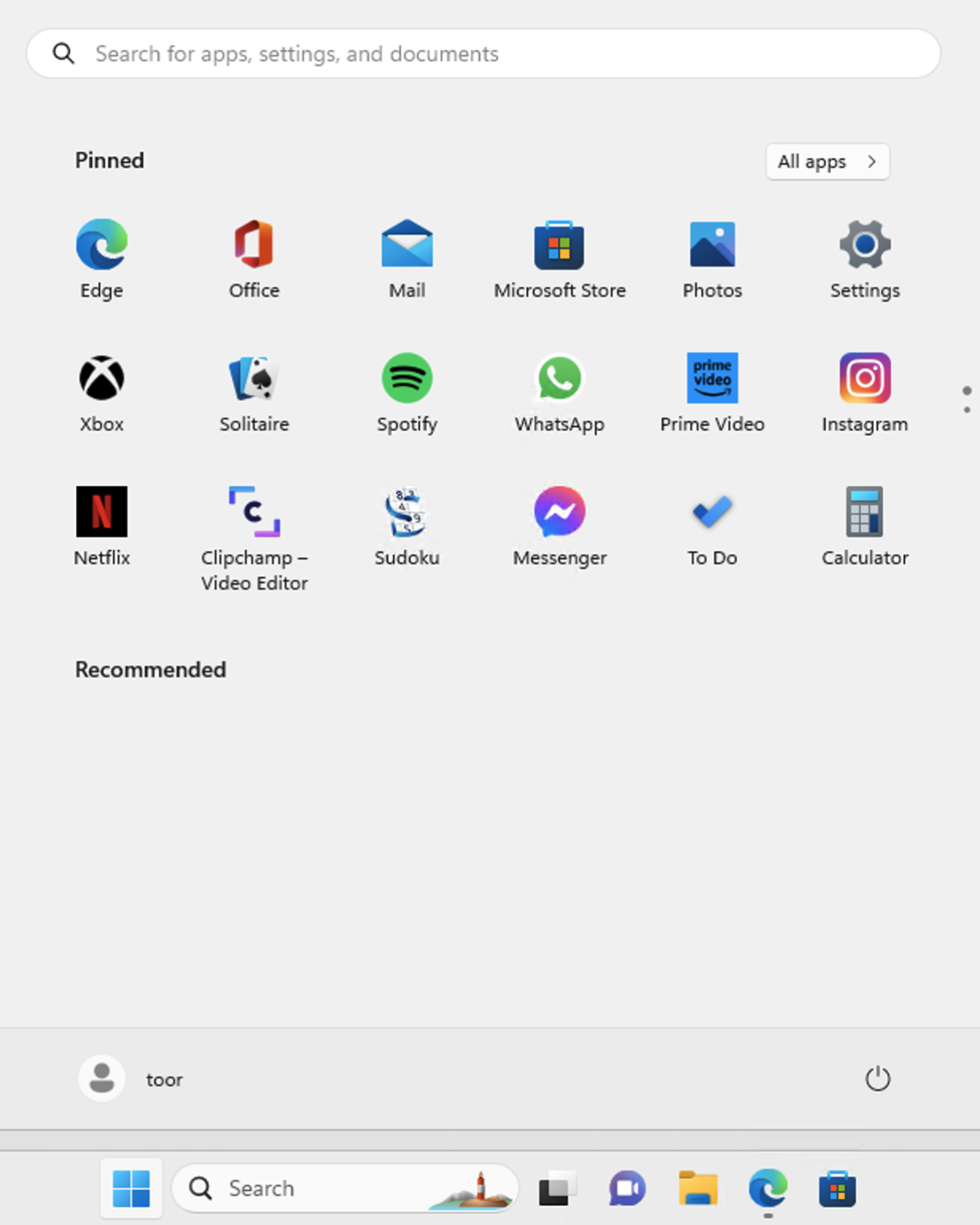
Inconsistent user interface
It’s all over the place. I have the feeling the inability of some enterprise customers to adapt to change seems to be enough pressure for Microsoft to just leave those legacy UIs in. Here a few examples:
Two different ways for system settings

Two different ways to configure your network card
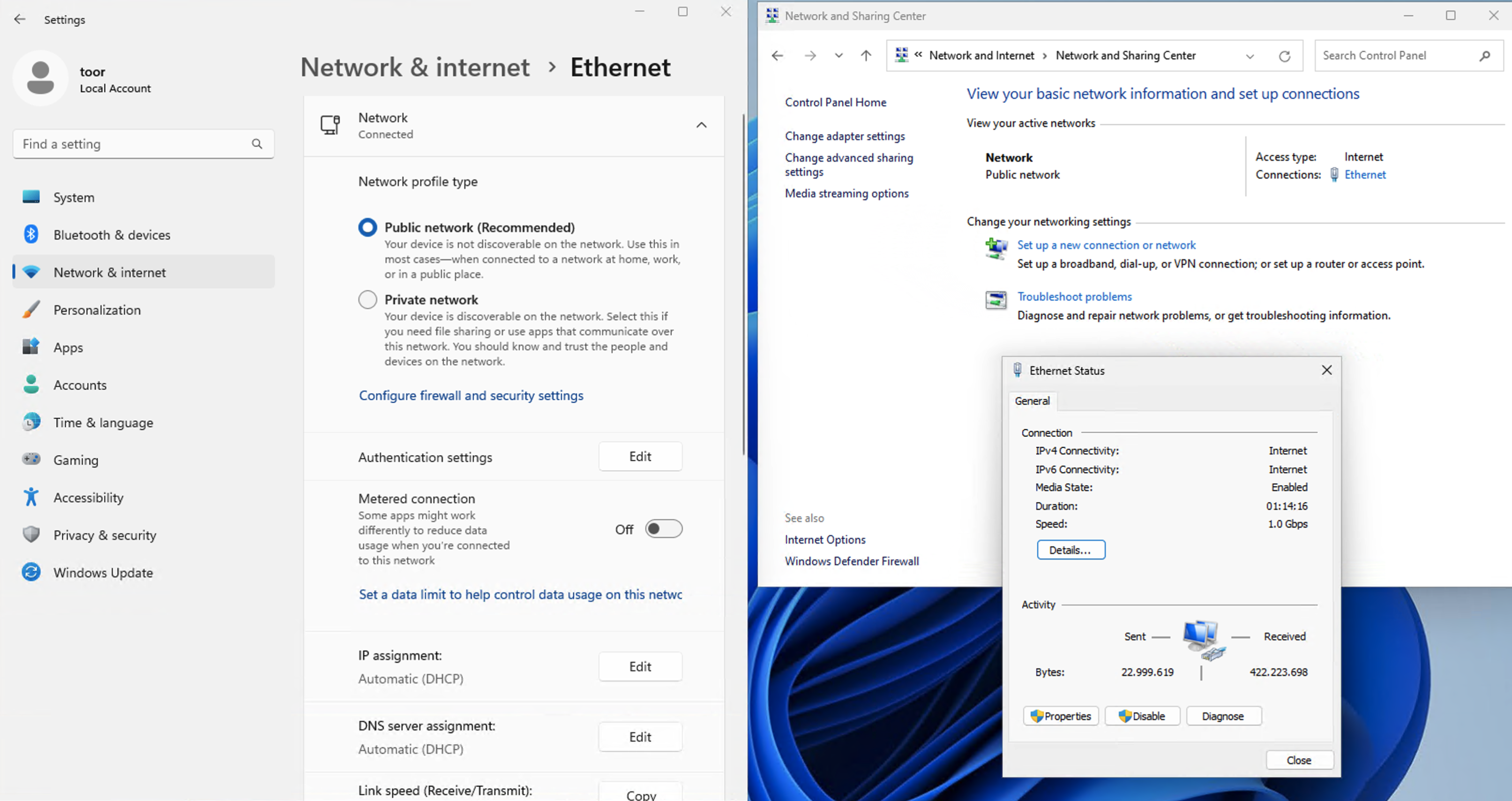
whatever this is
I remember this as an extreme example, so I checked if it really still exists. It does. Hello Windows 3.11 👋

Less UI customization possible
One example: You can’t change the taskbar size without changing a registry key now: Pureinfotech explanation on how to change the taskbar via regedit
Updates: Do they still test?
I know the Windows Insider Program exists, but in my opinion more and more testing of the OS is done by end users nowadays.
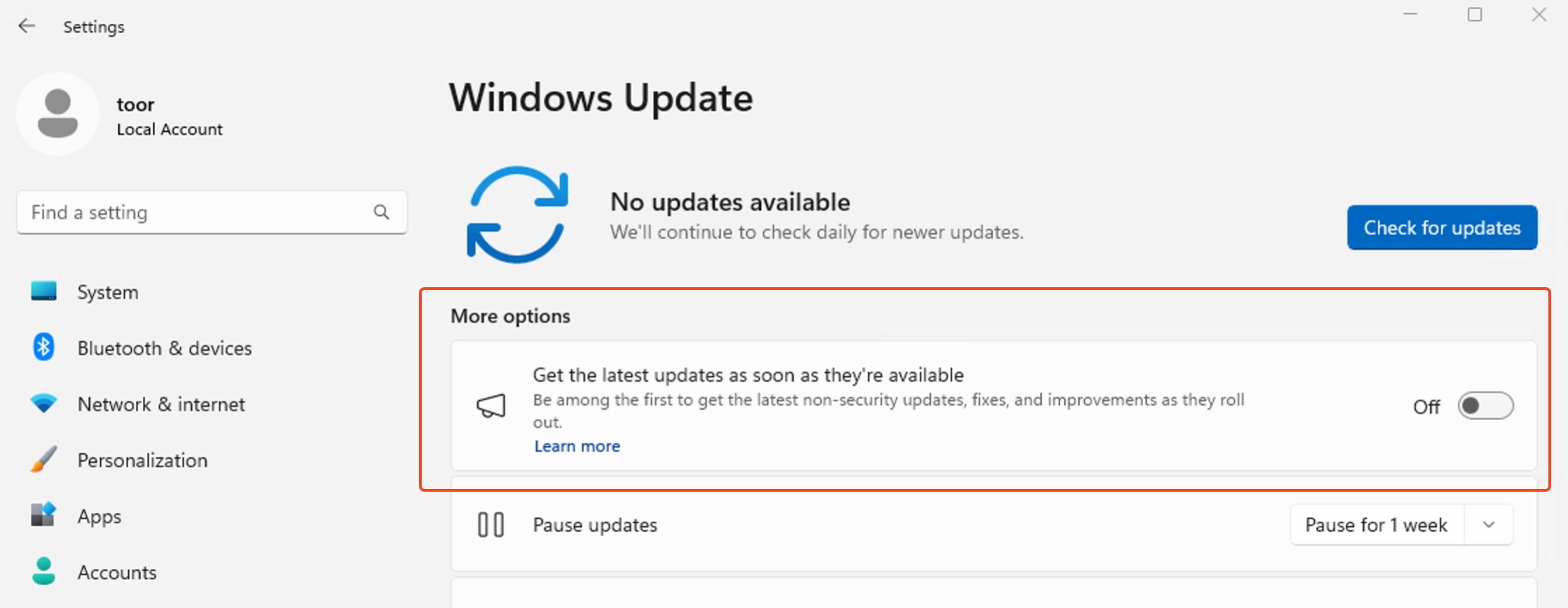
And when it comes to updates there is a whole other topic about techniques to bring users to upgrade to Windows 10. This video is pretty interesting: CHM Tech Windows 10 video
Or the “Windows Welcome Experience” which tricked convinced some “non technical” people I know to sync all their files to OneDrive or activate settings they don’t need. (More infos about this here)
OneDrive: file scans
I’m using Cryptomator to backup some files to the cloud. It encrypts the files and filenames so that the cloud provider can’t see what’s in it.
This is unusable with OneDrive because you’ll get a ransomware warning immediately. The feature itself, a ransomware protection that notices that encrypted files are uploaded is nice to have, but you can’t disable it. So every time you intentionally upload encrypted files you get this warning and remediation advice. (I already wrote about this here.)
It’s even worse. A security researcher noticed that encrypted zip files get decrypted:
Fellow researcher Kevin Beaumont joined the discussion to say that Microsoft has multiple methods for scanning the contents of password-protected zip files and uses them not just on files stored in SharePoint but all its 365 cloud services.
One way is to extract any possible passwords from the bodies of an email or the name of the file itself. Another is by testing the file to see if it’s protected with one of the passwords contained in a list.
Source: arstechnica: Microsoft is scanning the inside of password-protected zip files for malware
Wow. I understand the security aspects of this. But using information that Microsoft has clear text access to over others channels to decrypt user data? Too far imo.
I think I’m no Apple fanboy (yet 🤪), but compare that against what Apple has recently done with Advanced Data Protection.
Long term goal: Cloud based Windows?
Recently there were some rumors/stories about how Microsoft might want to bring the Windows 365 (Cloud PC) experience, which is currently mainly used by enterprises, to private users.
The Verge: Microsoft wants to move Windows fully to the cloud
I understand the benefits of moving workloads to the cloud. But considering the data that Microsoft collects today already, I really don’t want to know or ever experience a fully cloud based Windows PC for private usage.
Conclusion: I’m the product
In summary I feel like I’m the product. Not Windows.
Which means that the goals of the company developing the software diverge from my goals as a customer. I expect this gap to widen and this is why I moved to another operating system for private usage.
